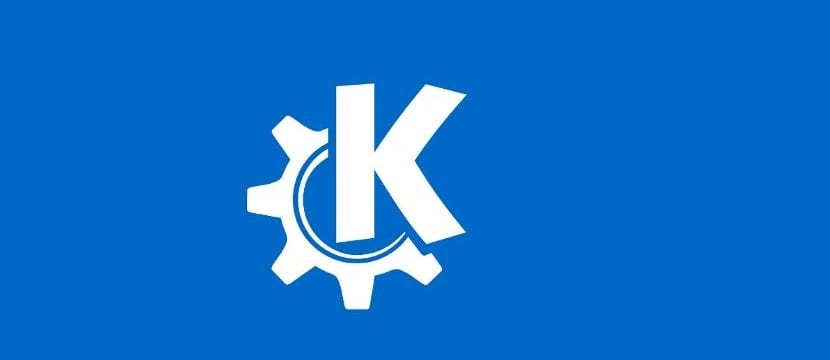
KDE Plasma developers are doing some testing on your desktop environment and is which they intend to distribute to KDE Plasma using the Snap packages.
With which this could be quite beneficial for many users since with this you can allow regressions, faster updates and much more.
Nowadays It is very interesting the direction that the software in the Linux world has been takingIt seems that finally one of the big problems.
Well, when it comes to the distribution and installation of applications within the different Linux distributions, it is a thing of the past.
Since both Snap, Flatpak and AppImage have taken a lot of relevance in terms of software distribution in Linux.
In this context we have 3 major slopes.
- Snap packages, originating from Canonical and used by default in Ubuntu.
- The packages Flatpak, especially maintained by the GNOME community and some companies, like Red Hat.
- Y finally AppImage packages, an excellent community project and that makes the applications extremely portable.
Regardless of the taste for these types of formats, including Snaps seem to be gaining a spot where Flatpaks aren't quite there yet.
And is that Snap packages seem to be gaining acceptance in the corporate market.
With closed source and open source applications, as well as commercial applications, among others, however, Snaps are moving into a segment that Flatpaks do not seem to care much about: the composition of a system.
Various cool things can be done through Snaps, such as the availability of a Kernel, a Driver or an entire interface, while Flatpaks are more restricted to more traditional applications.
KDE Plasma in Snap format

And well, as mentioned at the beginning, the KDE developers are conducting a very interesting experiment.
With what intends to distribute your environment using a Snap package, with which this is quite curious.
Obviously, it won't stop being distributed in other ways, but the idea of packaging it in Snap with which it allows updates and regressions in a very simple way to end users.
Initially, KDE developers pointed to Snap packages as a simple way to test the latest innovations that have been developed without the need to compile the source code.
How to install KDE Plasma as Snap (experimental)?
Now they must know that if possible to install the desktop environment within your Linux distribution.
Except that you should take into account that at the moment it is an experimental package with which those who wish to test the environment in this format may encounter some errors.
And with this they will also have the possibility of being able to support with the reports about these errors.
To be able to install the environment must have Snap support on their system, in the case of Ubuntu this is already by default (in the last two versions).
To install the environment in our system we only have to open a terminal and in it they must type the following command:
snap install --edge --devmode de plasma-desktop
After that it is necessary to add a .desktop file inside the "xsessions" folder so you can access Plasma from your login screen (Wayland is not currently supported):
sudo wget https://metadata.neon.kde.org/snap/plasma-snap.desktop -O /usr/share/xsessions/plasma-snap.desktop
After that addition, just log out of your system and on the login screen you should find the option to log in with the Plasma session.
How to remove KDE Plasma installed by Snap package?
To remove the KDE Plasma desktop environment from your system, simply remove the files that you added within "xsessions".
/usr/share/xsessions/plasma-snap.desktop
And also remove the Snap normally.
If you want to know a little more about this new project that KDE developers carry out, you can visit the following link.